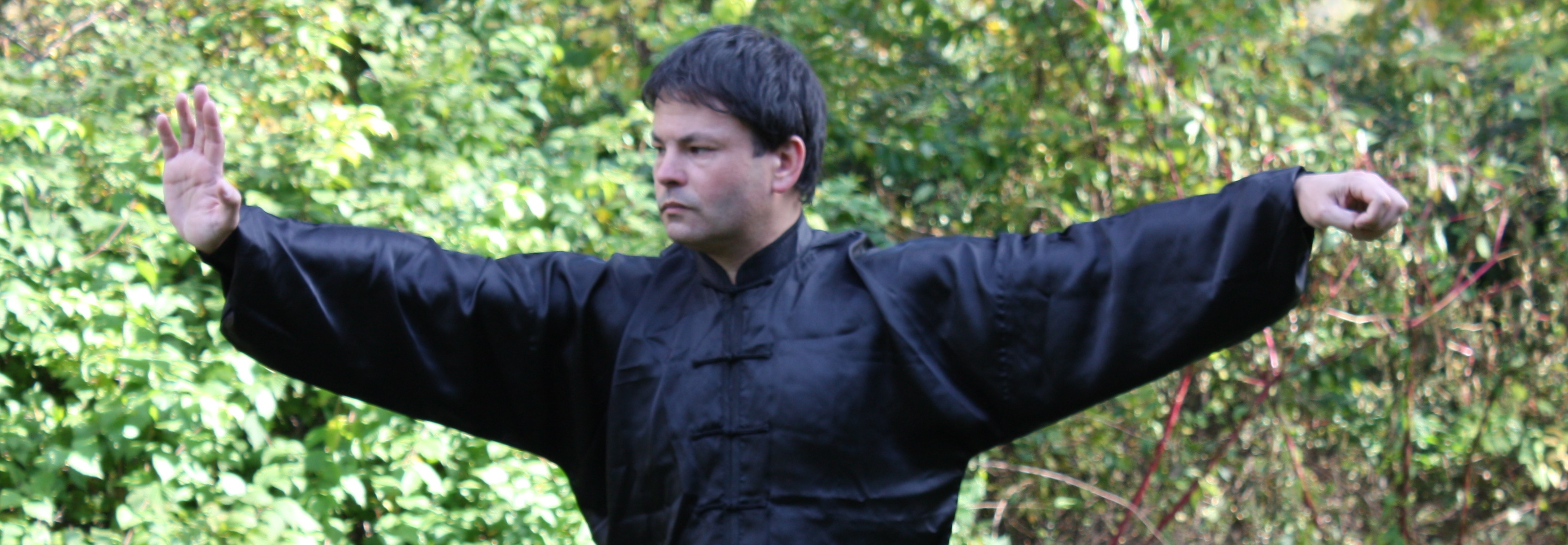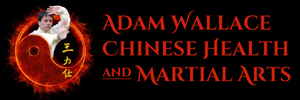 Why ‘Rare’? Unlike many martial arts or health exercise, found within every local strip mall or fitness club, traditional high-level Qigong, Taijiquan and Kungfu are, very simply, not commonly found. The majority of these today have been simplified and reduced to the simplistic, leaving the traditional systems that cover all aspects of training, to be in the realms of the extraordinary. The reason for this rarity is that access to the real sources – the highest-level masters (standard-bearers/ lineage-holders) – is limited and restricted, for two main reasons. Firstly, most of them reside in China! Secondly, even in China, these masters are not available to everyone; they do not accept just anyone as a student, and they only teach the long-term trusted students everything. Only a small number (of close students) become certified to spread the teachings, and are given permission to use the master’s name.
Why ‘Rare’? Unlike many martial arts or health exercise, found within every local strip mall or fitness club, traditional high-level Qigong, Taijiquan and Kungfu are, very simply, not commonly found. The majority of these today have been simplified and reduced to the simplistic, leaving the traditional systems that cover all aspects of training, to be in the realms of the extraordinary. The reason for this rarity is that access to the real sources – the highest-level masters (standard-bearers/ lineage-holders) – is limited and restricted, for two main reasons. Firstly, most of them reside in China! Secondly, even in China, these masters are not available to everyone; they do not accept just anyone as a student, and they only teach the long-term trusted students everything. Only a small number (of close students) become certified to spread the teachings, and are given permission to use the master’s name.
Master Michael Tse had the exceptional good fortune, or ‘fate’, to study closely with some of China’s most venerated teachers, (Yang Meijun, Chen Xiaowang, and Ip Chun, among others), and Adam Wallace had the exceptional good fortune, ‘or fate’ to be introduced to Master Tse and begin studying with him in 1987, and travel to China with him to meet and train with some of these incredible Grandmasters.
Instructors in the West with this kind of access, connections, and experience are extremely rare! Most, teaching the more common popular skills today, have never even been in the presence of such high caliber masters (and, in truth, may have no framework of what genuine high level skills even look like!), let alone studied personally with them. Also, it may be surprising to learn that an overwhelming majority of instructors today in the West have never been certified, or even authorized, to teach! They have not undergone any rigorous polishing and testing regimen required to pass on good skill properly. So, with no ‘quality control’, the general standard we find today in Qigong, Taijiquan, and Kungfu is unsurprisingly low, and quality teachers of authentic traditional skill are very elusive.
Why ‘Authentic’? The skills taught by Adam Wallace are pure, complete and undiluted – taught exactly as they have been for centuries, and still taught today, at their respective birthplaces in China! Though they can be ‘tailored’ for individuals with limitations, none of these skills have been modified to make them easier for the general population. Making a skill easier to learn and practice, by removing the challenges and steps to reach higher levels, only reduces its strength, efficaciousness, and value, and ultimately changes the entire ‘flavor’, like diluting a vintage red wine with water.
These arts were created upon centuries of profound human knowledge and experience, and have withstood the test of time. Some have been tested and proven on the battlefield, while others are exceptional enough to be officially sanctioned by the Chinese government! Much Qigong taught today, is not even really Qigong (!), but a combination of movements from Tai Chi, Yoga and stretching etc. It is called “Qigong”, as the general public clearly does not know the difference and is keen to learn. Authentic traditional skill, that has been preserved correctly, is as different from the omnipresent simplified or amalgamated versions as night is from day!
Why High-Level? Unlike other skills that are good only for the youth, these skills can not only be practiced into old age, but we only get better! They all follow Chinese philosophy and principles of Yin and Yang. Wild Goose Qigong employs movements involving the acupuncture points and meridians to effect health and healing, while Chun Yuen Quan, as a martial art fitness training, makes the body, strong, light, flexible and agile. Chen Taijiquan and Wing Chun, as martial art skills, were both designed to use the least amount of force to overcome a stronger force, and borrow the the opponent’s energy to use back against him, so a smaller, weaker person can overcome stronger, and older can overcome younger. This is true genius. Despite one following circular principles and the other the straight line, both require sensitivity, footwork, correct position, and ‘smart’ strength – not brute force against force. Hard Qigong trains the body and spirit for fitness, conditioning and stamina, so the practitioner’s internal body becomes able to withstand incredible punishment with no effect, and is able to demonstrate incredible feats of strength, in ways, unlike Western fitness training, that build up Qi instead of depleting it.
The founders of these systems were all incredibly high-level human beings – Daoist monk (Dao An), military general (Chen Wangting), Buddhist nun (Ng Mui) etc. They possessed skills and knowledge of martial arts, or Chinese medicine and Qi, far beyond those of their peers, and even those today. From this knowledge and experience they created these profound and comprehensive systems. The successive generation lineage-holders, that were selected, not only for their mastery, but also for their Loyalty and Heart (High Level ‘Human Skills’), their dignity and humility, further refined, improved, and made significant contributions to these skills, bringing them to higher levels still!
The connection to these lineages and their standard-bearers makes possible for the student, through guidance and personal dedication and effort, to eventually become a master. But, even if our goal is not as lofty, and we just want some basic skill to be healthy and strong, or to have a rudimentary ability to defend ourselves, we still need a teacher that clearly understands the principles and how to practice correctly, and safely. Without a high-level teacher, no amount of sincere hard work will lead us to the top of the mountain. And, a low-level unqualified teacher can even cause the student more harm than good, for as the Chinese say, “A journey that starts out by a hairsbreadth ends up out by a thousand miles”.
Each of these systems is multi-faceted and complete, covering all manner of training, and taking the student from the basic to the most advanced, like going from elementary school to high school, and from high school to college/university.
